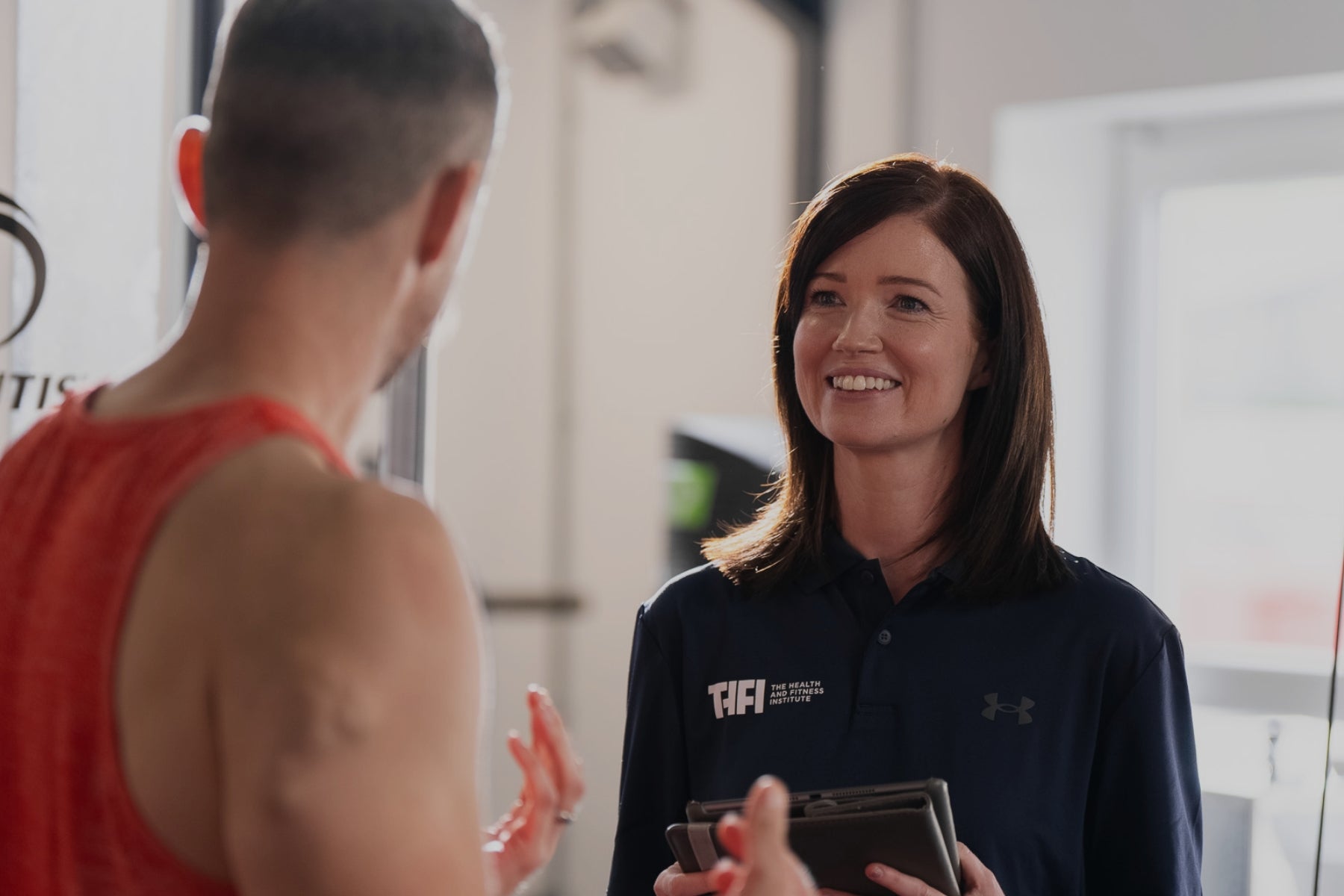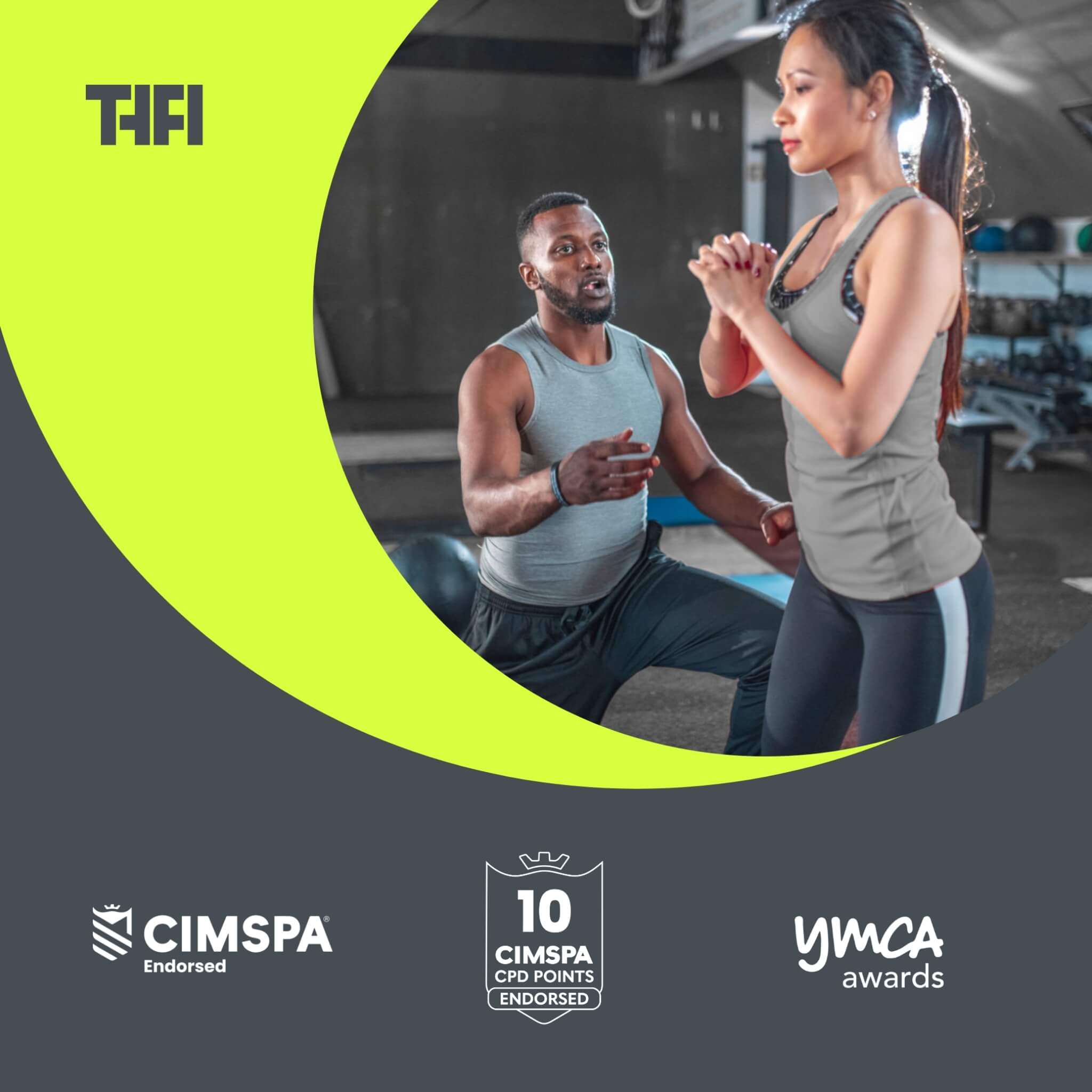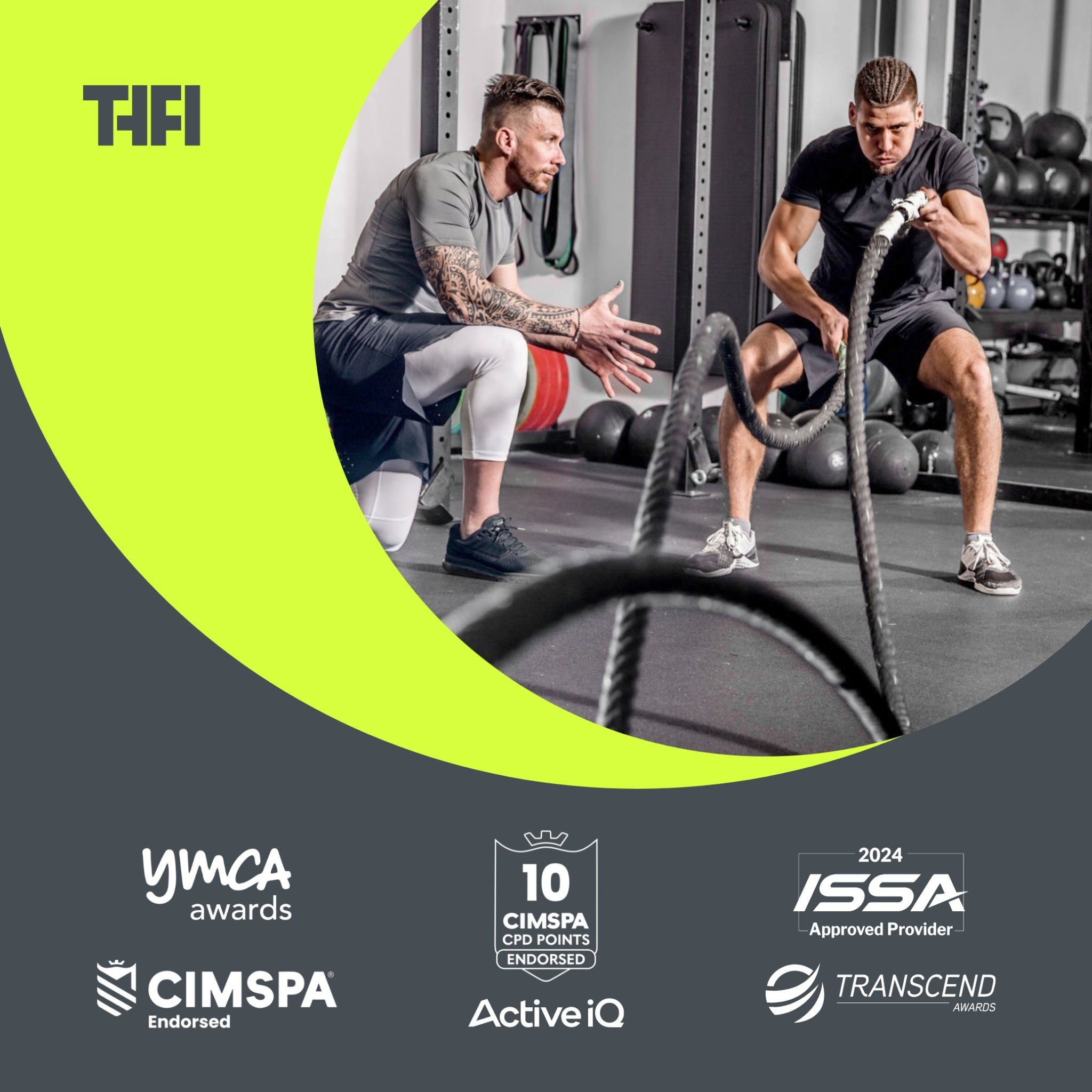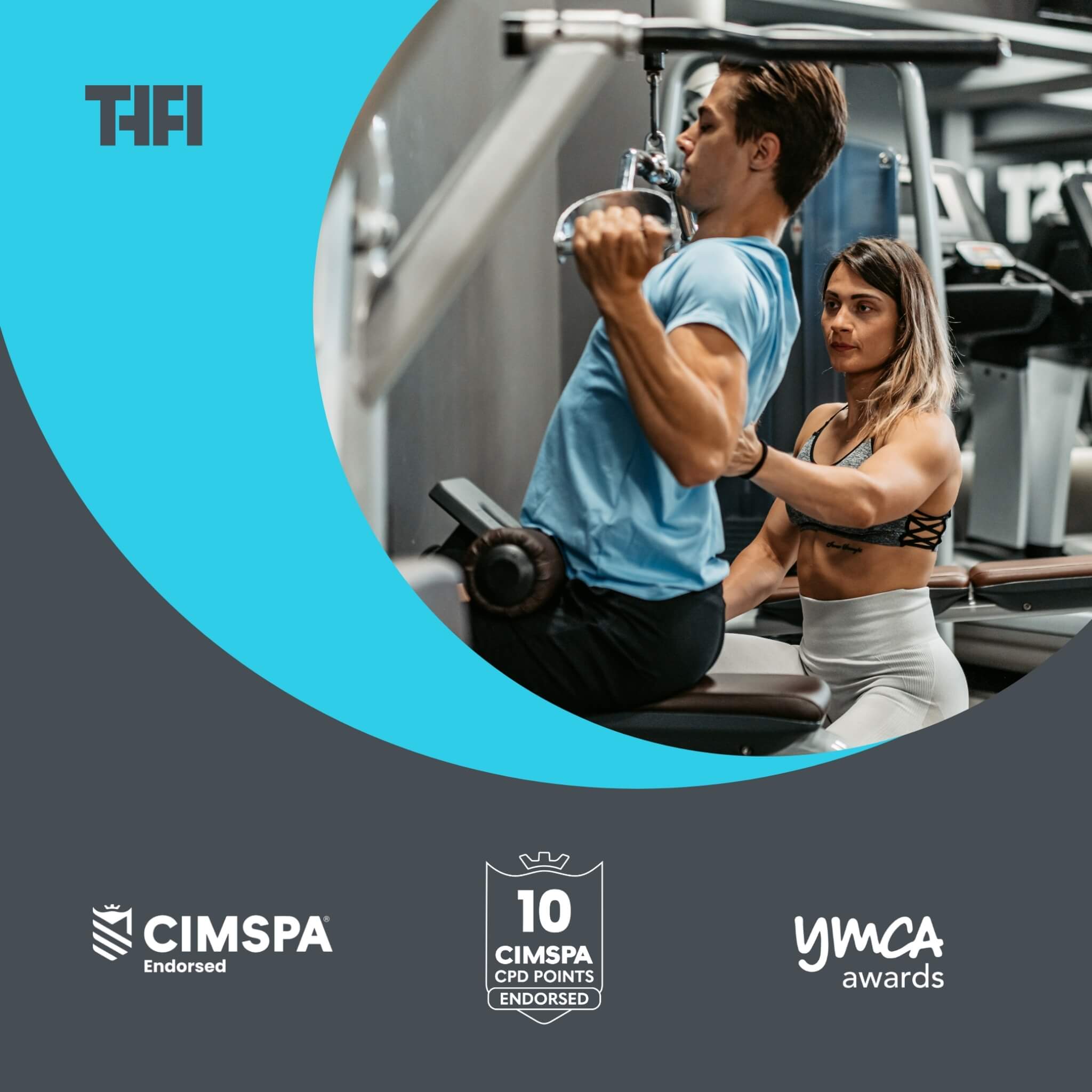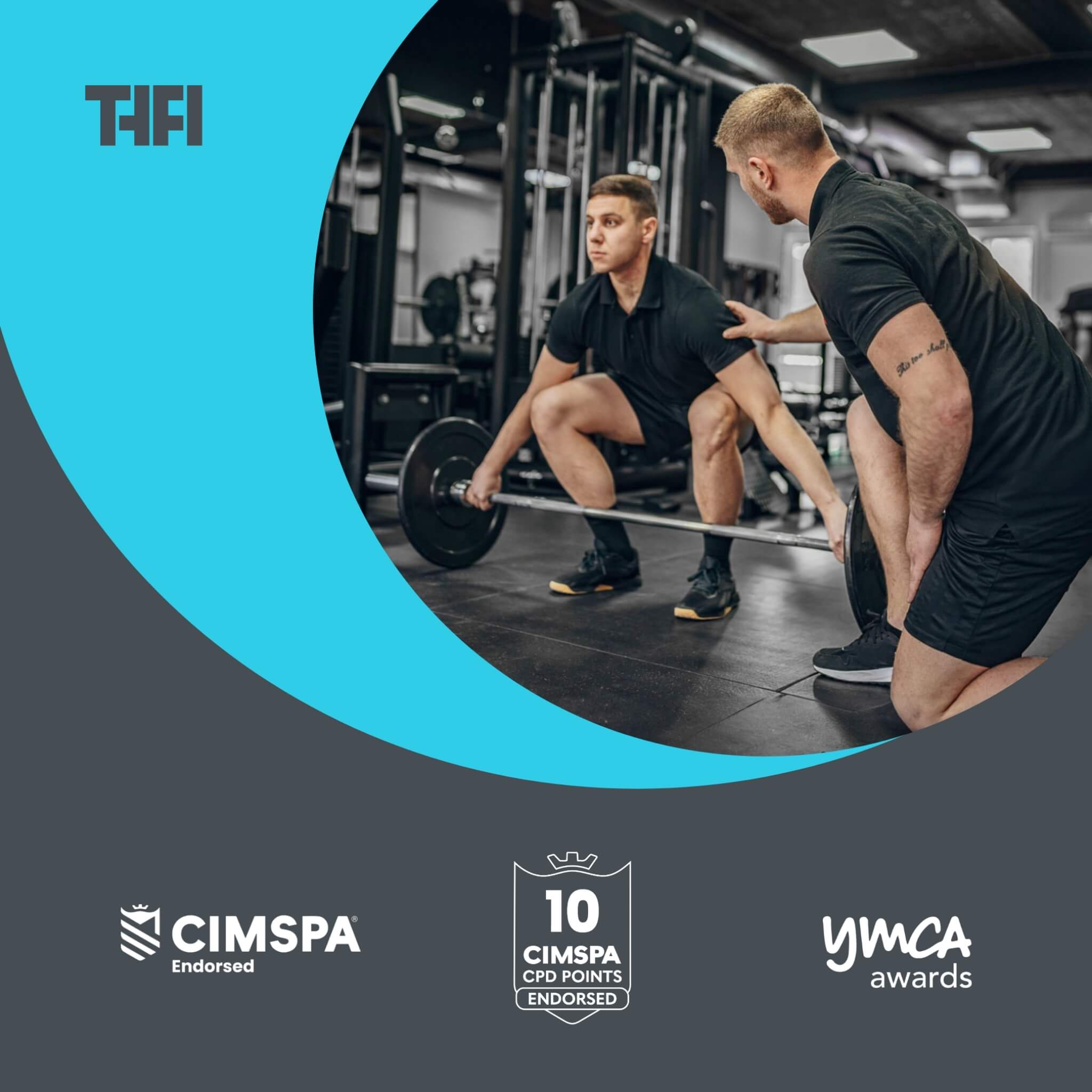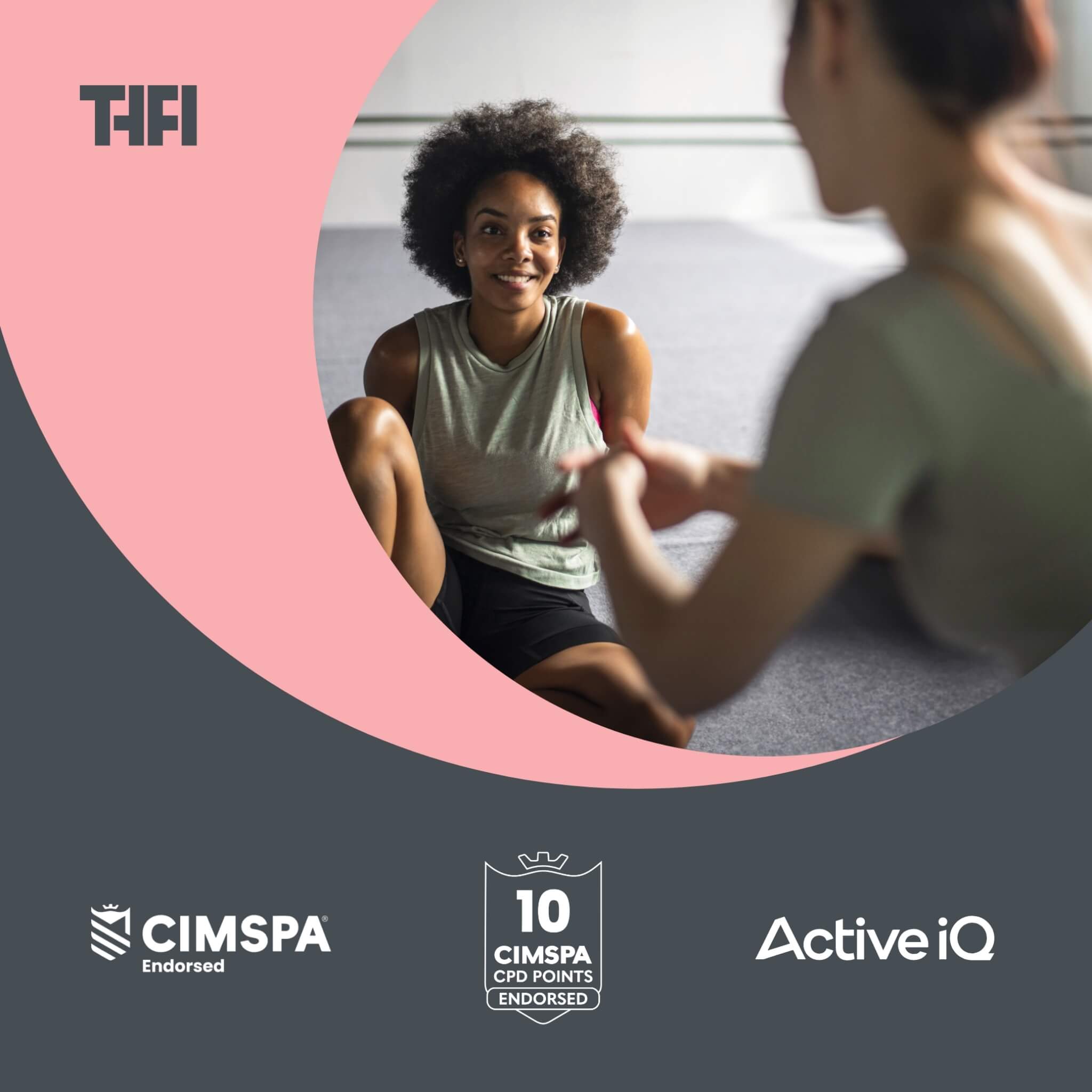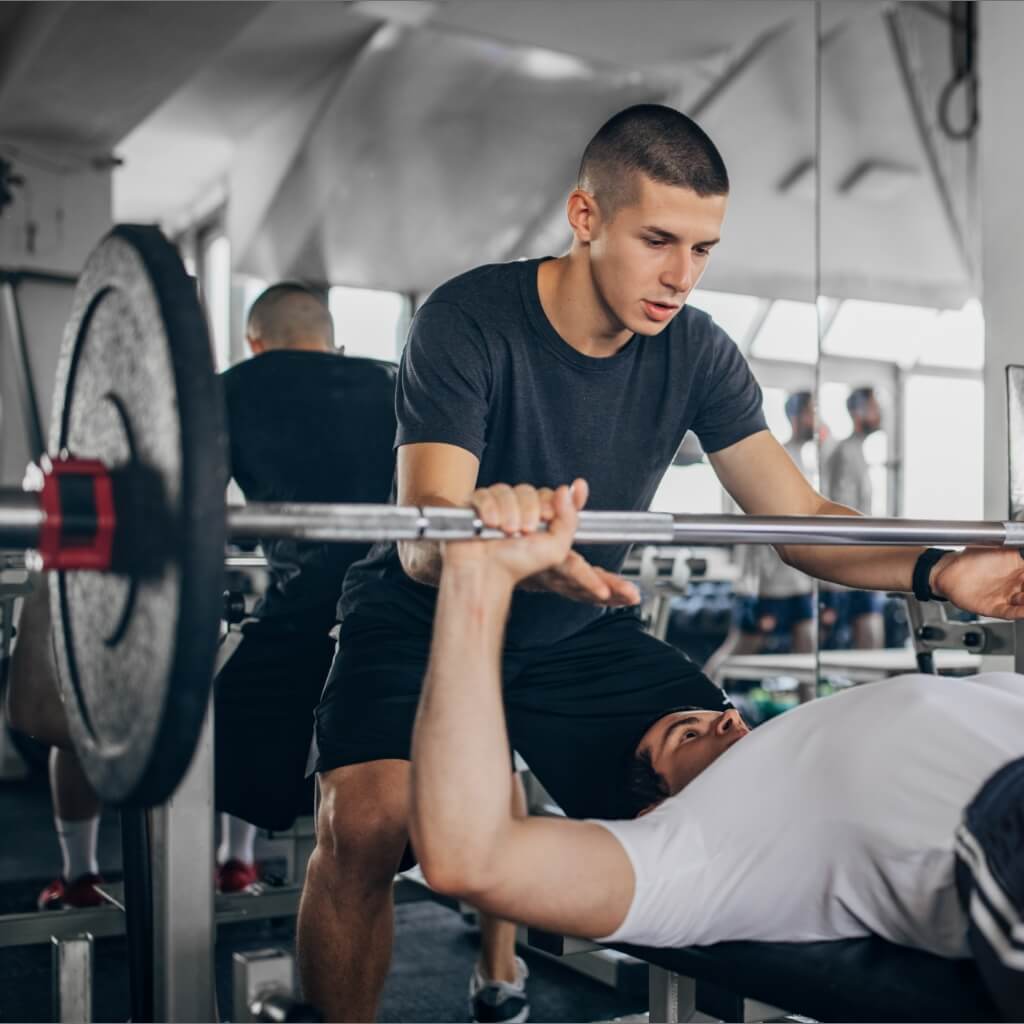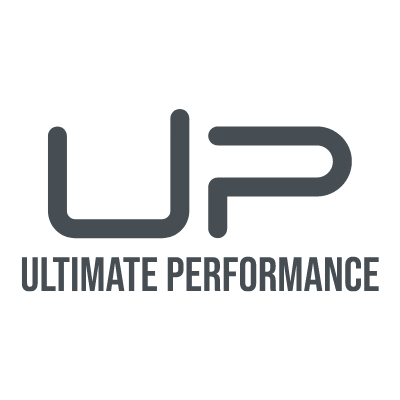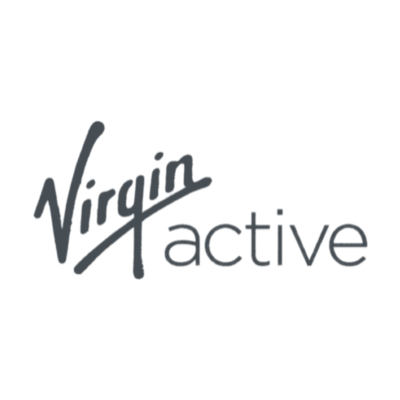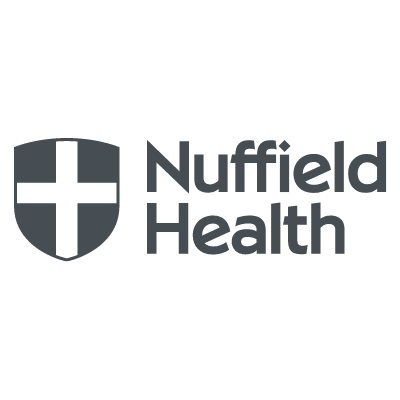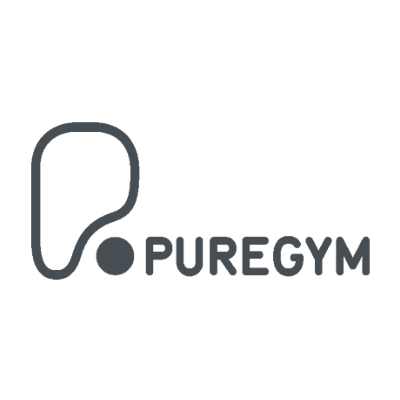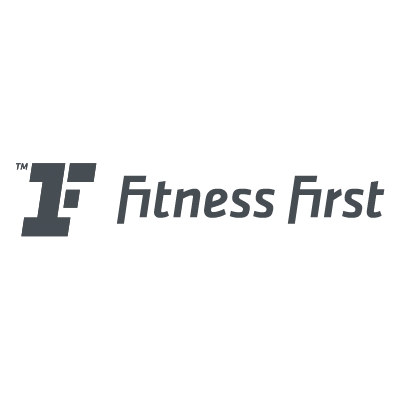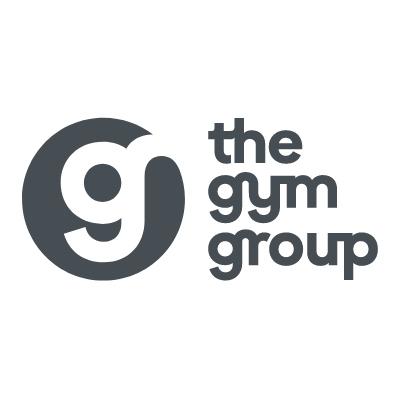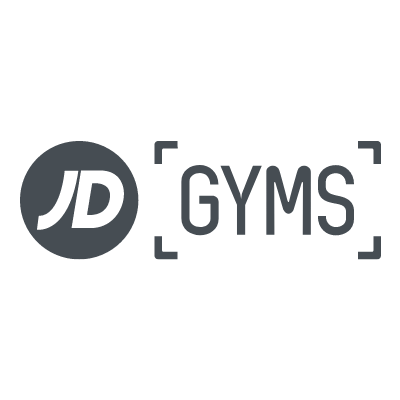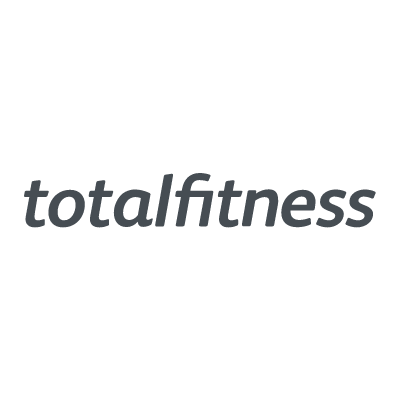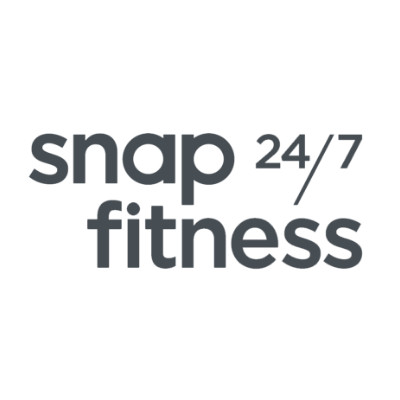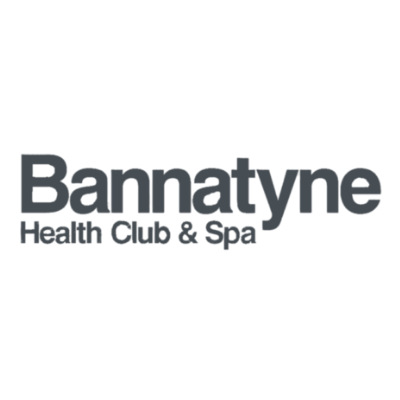How to use Fitness Assessments to get 100% Better Results
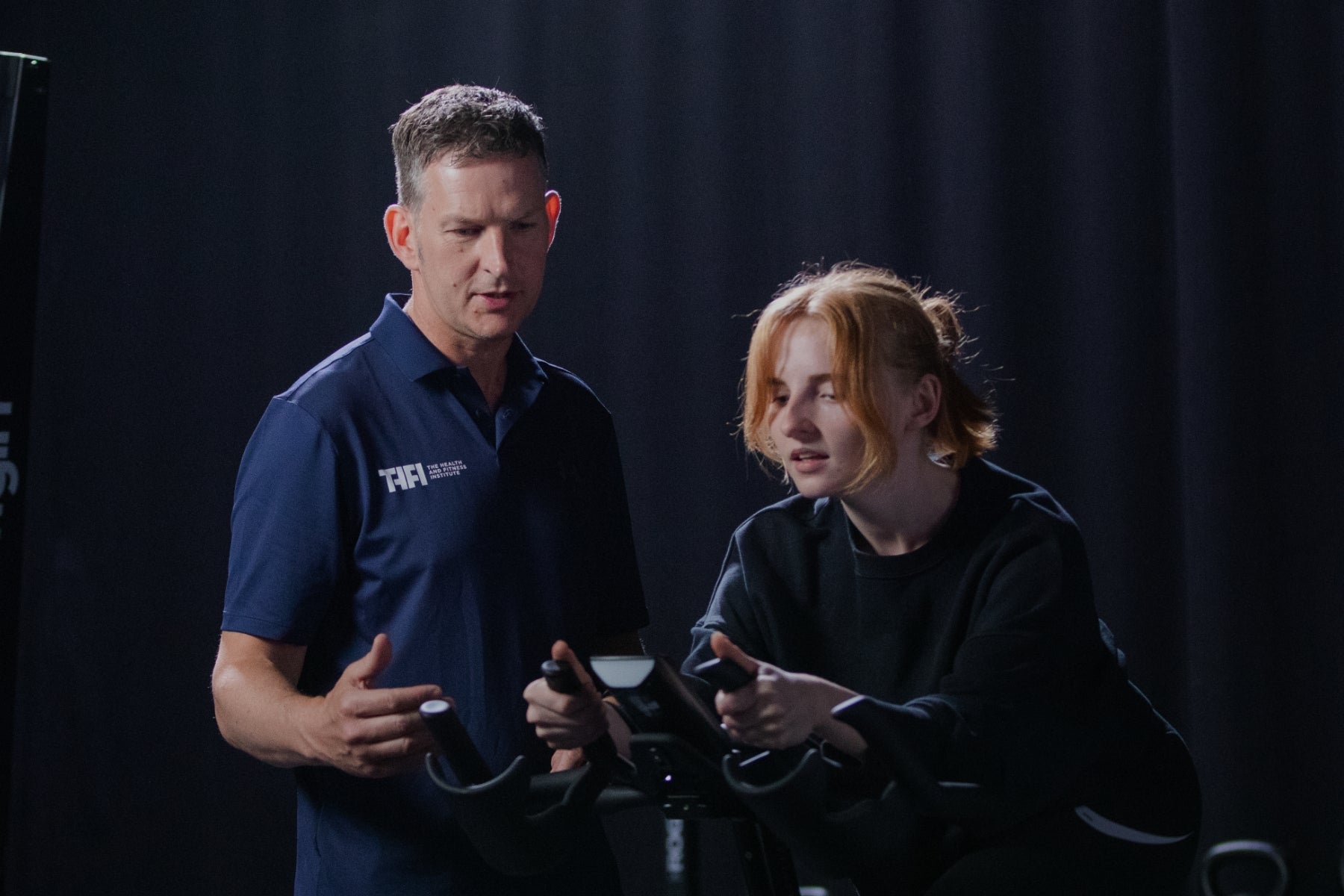
When it comes to getting the best results with your personal training clients, a ‘one size fits all’ approach just won’t cut it.
Like a tailor designing a fine suit, you need to craft a personalised program for your clients.
But where do you start?
If you’ve completed an online personal training course, fitness assessments are where your knowledge turns into real, personalised impact for your clients.
Fitness assessments are the ‘secret’ any good trainer worth their salt will turn to when a new client walks through the door.
This article will show you how the best in the business do it, so you can achieve results that will have clients banging down your door to hand over their hard-earned money.
You'll learn:
How to conduct in-depth fitness assessments with your clients that give you the richest data.
What you need to know about body composition analysis, cardiovascular endurance tests, and even the nuances of muscular strength measurement.
How to interpret these numbers and mould them into a perfect fitness programme that delivers the outcomes your client wants.
Read the full article and pick up the knowledge you can use with your clients in the gym instantly:
Understanding the Importance of Fitness Assessments for Your Clients
The very heartbeat of an exceptional personal training career lies in the ability to precisely understand your client's fitness level, their strengths, weaknesses, and potential for growth. That's where fitness assessments come into play. They're not just numbers on a page; they're the roadmap to your client's fitness journey and your success as a personal trainer.
Fitness assessments are the compass that guides us in the vast ocean of fitness training. They provide a comprehensive overview of a client's physical abilities, highlight areas of improvement, and reveal untapped potentials. They form the foundation of an effective, personalised training programme. The question is not whether you should conduct them - because you must - but how you can harness them to elevate your training strategies.
Tailoring Your Training Programmes
Imagine having a made-to-measure suit. It’s the perfect fit, crafted with you and only you in mind. That's what a tailored fitness programme should feel like to a client. When you master fitness assessments, you can deliver a training regime that fits like a glove. One that’s calibrated to your client's unique body, fitness level, and goals.
Consider this: two clients might share the same goal - say, to run a 10k. But one might be a marathon veteran while the other has never run a mile in their life. The same training plan won't work for both. By conducting a thorough fitness assessment, you gain insights into cardiovascular fitness, muscular strength, body composition, and flexibility. This information allows you to design a regime that's as unique as your client's thumbprint. It not only boosts their results but also distinguishes you as a trainer who delivers a truly bespoke service.
Setting Baselines and Tracking Progress
Imagine trying to reach a destination without knowing where you are starting from - it's a road to nowhere. Fitness assessments provide that vital starting point, a baseline from which your client's progress can be tracked.
Whether it's shedding kilos, improving flexibility, or building strength, the magic of transformation lies in progress. And there's nothing more motivating for a client than seeing how far they've come. A baseline fitness assessment quantifies their initial abilities, while periodic reassessments paint a clear picture of their progress. This progress tracking not only keeps your clients motivated but also helps you adjust the training as required. It's like your secret weapon for client retention, satisfaction, and word-of-mouth referrals.
Improving Your Client Communication
As a personal trainer, you're not just selling a service; you're selling a vision - a fitter, healthier, happier self. But to sell this vision effectively, your clients must trust you, understand the process, and see the value in what you do. That's where fitness assessments prove to be a game-changer.
A fitness assessment is not a one-way street; it's a conversation. By sharing and explaining the results, you create a transparent relationship with your client. They understand their starting point, the rationale behind the personalised programme, and what they can expect along the journey. This enhanced communication builds trust and rapport, turning clients into loyal advocates for your personal training services.
Make no mistake: Conducting fitness assessments and utilising them effectively isn't just good practice - it's a goldmine. It's a ticket to delivering exceptional client results, carving out a niche for yourself in the competitive personal training industry, and yes, boosting your earnings. Because at the end of the day, a personal trainer who can deliver results is a personal trainer in demand. So, embrace fitness assessments, and watch as they transform not just your clients' fitness journeys, but your career as a personal trainer too.
How to Master the Art of Fitness Assessments
As a personal trainer, knowing how to conduct a fitness assessment is an essential feather in your cap. But it's not about ticking boxes. It's about treating each client as an individual and crafting a comprehensive, multifaceted assessment that will give you a clear snapshot of their physical capabilities. Mastering this art will help you stand head and shoulders above the crowd, transforming your personal training career into a roaring success.
Conducting Comprehensive Assessments
To create a truly personalised training programme, your fitness assessment must be as multifaceted as your client. It should cover four key areas: body composition, cardiovascular endurance, muscular strength and endurance, and flexibility. Each facet offers unique insights and, together, they paint a comprehensive picture of your client's fitness level.
Body Composition Analysis
Body composition analysis breaks down the body into its essential components: fat, muscle, and bone. It's not just about what the scales say. It's about understanding what's going on beneath the skin.
By conducting a body composition analysis, you can identify imbalances and health risks that may impact your client's training regime and goals. Whether it's through skinfold calipers, bioelectrical impedance devices, or hydrostatic weighing, choose a method that suits your client and your personal training set-up.
Remember, body composition is a crucial part of the fitness puzzle, especially when it comes to weight management and muscle building goals. Clients who see improvements in their body composition will know that they're not just losing weight, they're gaining health - and that's a game-changer for your credibility as a PT.
Cardiovascular Endurance Tests
Cardiovascular endurance is the measure of a person's stamina, the longevity of their 'fuel tank'. This assessment provides insights into how efficiently a client's heart and lungs work to supply oxygen to their body during exercise.
There are various ways to measure cardiovascular endurance, such as the treadmill test or the cycle ergometer test. You could also use field tests like the Cooper 12-minute run test or the step test, which are easy to administer without specialist equipment.
Understanding your client's cardiovascular endurance not only helps in training programme formulation but also in tracking progress, especially for clients with weight loss or endurance sport goals. It's an absolute must in your fitness assessment toolkit.
Muscular Strength and Endurance Measurements
Strength isn't just about lifting heavy weights. It's about everyday functionality, overall health, and confidence. Muscular strength assessments measure a client's maximum strength capacity, whereas muscular endurance tests determine the client's ability to perform repeated muscle contractions over time.
Consider using a one-repetition maximum (1RM) test for strength or a push-up test for upper body endurance. Leg squats could serve to assess lower body endurance. It's essential to choose tests that align with your client's capabilities and goals.
Accurate strength and endurance measurements allow you to design programmes that improve performance, promote muscle balance, and reduce the risk of injury. Clients who see their strength and endurance increase will feel empowered, building trust in your personal training capabilities.
Flexibility Tests
Flexibility is the unsung hero of fitness. It's critical for maintaining a full range of motion, preventing injuries, and promoting good posture. Tests such as the sit-and-reach test or shoulder flexibility test can provide valuable data on a client's flexibility.
Improving flexibility can be a game-changer for clients suffering from chronic back pain, joint stiffness, or those involved in sports that require a high degree of flexibility. By incorporating this into your assessment, you demonstrate a comprehensive approach to fitness, which will set you apart as a PT.
In mastering the art of fitness assessments, remember this: your goal is not just to gather data. It's to translate that data into a meaningful, effective, and personalised training journey for each client. It's this attention to detail and commitment to personalisation that will make you a sought-after personal trainer, boosting your career trajectory and earning potential.
How to Interpret Client Data
Data without interpretation is like a book without a reader. It's the interpretation that brings the story to life, that makes the data meaningful. As a personal trainer, your ability to interpret fitness assessment results effectively will determine the success of your training plans and your clients' progress. Here's how to analyse the results in each of the key areas.
Deciphering Body Composition Analysis
When analysing body composition data, remember: it's not just about the numbers, but about what the numbers tell you about your client's health and fitness. Body fat percentage, muscle mass, and bone density are all key indicators of overall health and wellbeing.
A high body fat percentage may increase the risk of conditions like heart disease, diabetes, and certain cancers. On the other hand, too little body fat can affect hormone production and overall body function. Evaluating these figures can help you design a training plan that promotes fat loss, muscle gain, or maintenance, depending on your client's needs.
Similarly, understanding muscle mass helps you to track muscle growth over time, an essential indicator for clients looking to build strength or size. Evaluating bone density can also be crucial, especially when working with older clients or those at risk of osteoporosis.
Analysing Cardiovascular Endurance Results
Interpreting cardiovascular endurance tests gives you a snapshot of your client's aerobic fitness. Lower scores usually indicate poor cardiovascular health, potentially leading to an increased risk of cardiovascular diseases.
For fitness training, these results help you understand how long your client can sustain an activity and how quickly they recover. This information is invaluable for setting training intensity and designing cardiorespiratory training programmes.
Clients with lower endurance levels may benefit from a training plan that gradually increases intensity over time, improving their heart and lung efficiency. Meanwhile, clients with higher endurance can push their limits and aim for more challenging goals.
Evaluating Muscular Strength and Endurance
Interpreting muscular strength and endurance results can provide insights into a client's ability to perform everyday tasks, resist fatigue, and their risk of injury.
For instance, clients with lower strength levels may struggle with functional tasks, and a strength training plan would benefit them. Conversely, those with high strength levels might be looking to focus on more specific goals like hypertrophy or maximal strength training.
Muscular imbalances, revealed by evaluating different muscle groups, can lead to injury and postural problems. By identifying these imbalances, you can design a balanced, full-body programme that strengthens weak areas and reduces the risk of injury.
Understanding Flexibility Test Results
Flexibility test results can reveal a lot about a client's mobility, risk of injury, and even their potential for certain sports or activities.
For example, limited flexibility in the hamstrings and hip flexors often contributes to lower back pain. By interpreting these results, you can focus on improving flexibility in these areas, providing relief to your clients.
Clients interested in activities like dance, gymnastics, or martial arts, where a high degree of flexibility is required, will benefit from programmes designed to improve their overall flexibility.
Overall, interpreting fitness assessment data is like piecing together a puzzle. Each piece gives you a clearer picture of your client's fitness profile. As a personal trainer, your knack for understanding these numbers and turning them into actionable, personalised plans will determine your success in achieving client results and boosting your professional reputation.
How to Incorporate Fitness Assessments into Your PT Services
The introduction of fitness assessments into your PT services is more than an added offering. It's a commitment to providing tailored, data-driven, results-oriented training for your clients. To do this effectively, you need to integrate assessments seamlessly into your services.
Streamlining Your Assessment Process
To incorporate fitness assessments smoothly, establish a routine. Starting from your initial consultation, set expectations by explaining to your client the assessment process and its benefits. Follow a structured format for every assessment, ensuring all key fitness components are analysed.
Using technology can streamline the process. There are numerous fitness assessment apps and software that can record data, track progress, and even provide visual reports, making it easier for both you and your client to understand the results.
Remember to make the assessment process comfortable and open. It's an opportunity to build rapport with your client, encouraging them to share their fitness history, fears, and aspirations. Your attitude during this process can set the tone for your entire working relationship.
Educating Clients About Fitness Assessments
Knowledge is power, and your clients will appreciate understanding why you're asking them to perform certain tests. Take the time to explain what each assessment measures, why it's important, and how it influences their training programme.
Moreover, your client's understanding of the process encourages compliance and boosts their commitment to the training programme. When clients see the direct connection between the data and their personalised training plan, they feel more engaged and motivated, which ultimately drives better results.
Continual Reassessments and Adjustments
One-time assessment isn't enough. Bodies change, goals evolve, and training programmes must adapt. Regular reassessments should be integral to your service, allowing for tweaks in the programme based on tangible data. This keeps the training programme relevant, challenges the client appropriately, and demonstrates progression, which is incredibly motivating for the client.
By continually reassessing and adjusting, you show your dedication to your clients' progress, reinforcing their confidence in your services. It's this commitment that will help build your reputation and client loyalty in the long run.
Conclusion
Fitness assessments are the compass guiding your personal training journey. They offer invaluable insights into your client's current fitness level, highlight potential health risks, set benchmarks for progress tracking, and provide a concrete foundation for creating highly personalised training programmes.
Mastering fitness assessments allows you to deliver training that truly fits your client, fostering better results and higher client satisfaction. It's this commitment to personalised, data-driven training that can elevate you within the crowded personal training industry, enhancing your professional reputation and boosting your career.


